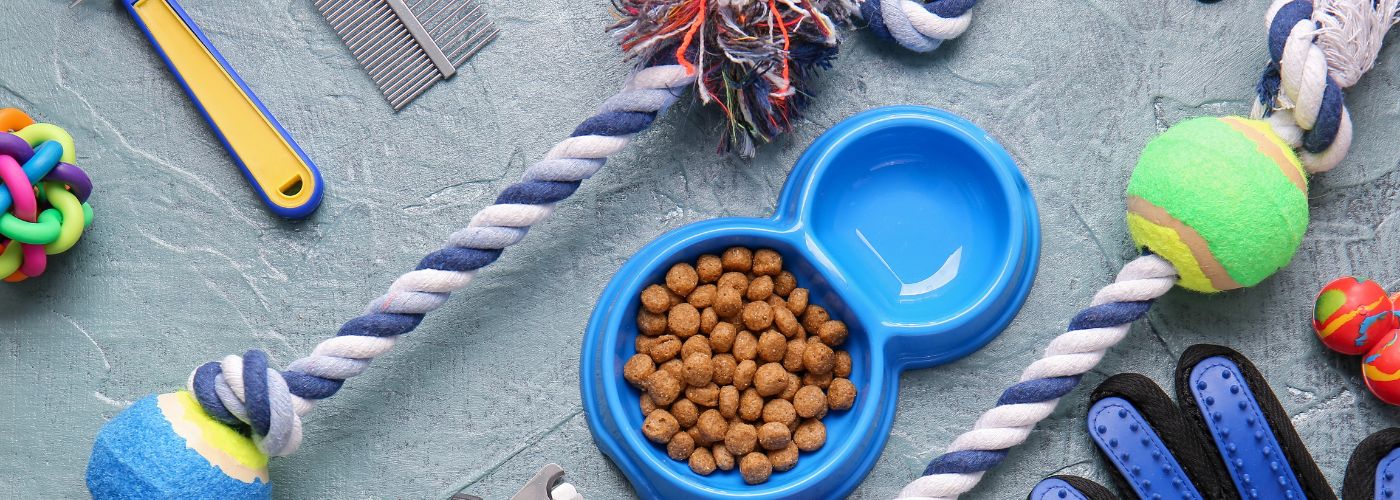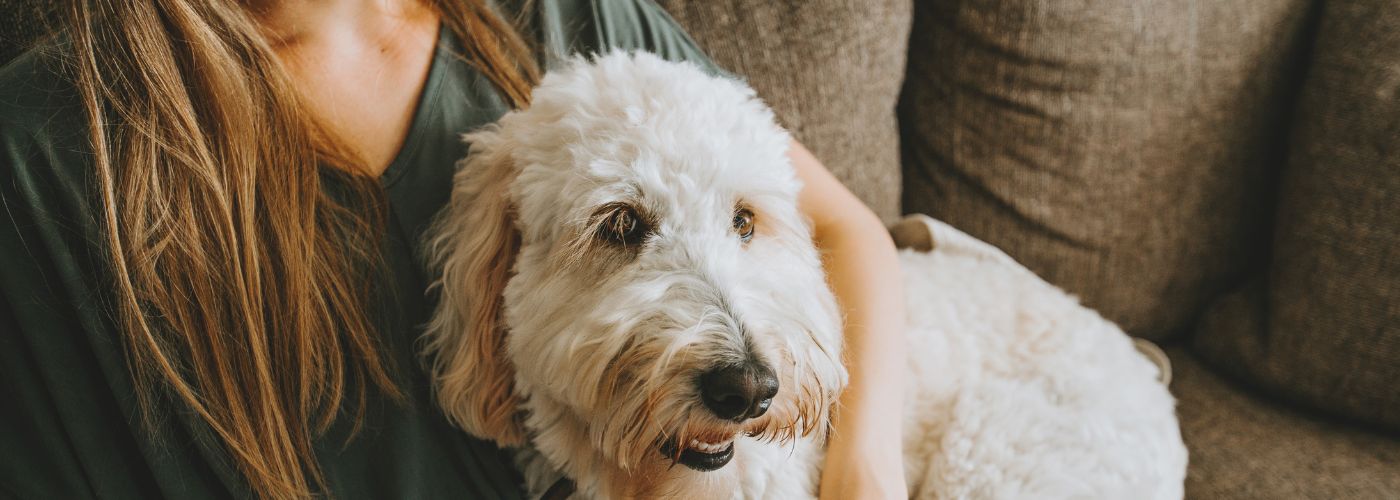What if I told you that a little preparation could turn your pet-sitting experience from stressful to seamless? As pet owners, we want to ensure our four-legged companions are cared for as if we were there ourselves. This article will outline effective strategies on how to prepare your home for a pet sitter, covering everything from basic needs to specific pet quirks.
Prepare Your Home For A Pet Sitter With A Checklist
Preparing your home for a pet sitter is crucial to ensure your furry friend feels comfortable and safe. Start by creating a checklist that includes essential tasks like securing all windows and doors.
This not only protects your pet but also gives peace of mind to the sitter. Make sure to tidy up any areas where your pet spends most of their time, removing potential hazards like cords or breakable items.
Other essentials to keep on the checklist are any pet medications. Always ensure that the sitter is aware of your pet’s medical needs and has clear instructions on administering any medications. It’s also helpful to provide a schedule for feeding, exercise, and bathroom breaks to maintain your pet’s routine.
Next, prepare a designated area for the sitter with all necessary supplies, such as food, bowls, leashes, toys, and grooming tools. Having everything organized will make it easier for the sitter to care for your pet without having to search for items.
Additionally, consider leaving detailed instructions about your pet’s behavior, preferences, and any special quirks they may have. For instance, if your dog enjoys a particular game or if your cat prefers to be left alone during certain times of the day, make sure the sitter knows this!
Set Up Feeding Times and Pet Care Routines
To ensure a smooth experience for both your pet and the sitter, set up feeding times that align with your pet’s routine. Clearly outline when and how much to feed your furry friend, along with any specific diet restrictions they may have. This helps prevent confusion and ensures your pet receives the right care while you’re away.

Next, take time to explain your pet care routines in detail. Whether it’s the favorite spot for walks or specific toys they love, these insights will help your sitter bond with your pet quickly.
A pet care routine that includes playtime, bathroom breaks, and quiet time will give the sitter a comprehensive understanding of your pet’s daily needs.
Before leaving, consider scheduling a meet-and-greet between your pet and the sitter. This will give your furry friend a chance to get familiar with their caretaker and vice versa. A few days before your departure is ideal, as it allows your pet to acclimate to the sitter’s presence and helps build trust. For this very reason, many prefer to do pet sitting over pet boarding.
Place Safety Precautions For The Pet Sitter
Preparing your home for a pet sitter goes beyond just leaving out food and water. Start by placing safety precautions for the pet sitter by securing any potentially hazardous items. Lock away cleaning supplies, and anything else that could be harmful.
Ensure that gates are secure and windows are closed to prevent any escapes. A little extra effort in preparing your home can foster a sense of confidence for both the pet sitter and your furry friend, making the experience enjoyable for everyone involved.
Consider other safety precautions like ensuring that all electrical cords are out of reach, as pets can be curious and may chew on them. Additionally, remove any fragile items from low tables or shelves to avoid accidental breakage.
Organizing Supplies For The Pet Sitter
When preparing your home for a pet sitter, organizing supplies for the pet sitter is crucial. Create a dedicated area where all the essentials are easily accessible.
This includes food, treats, toys, leashes, and anything your pet might need. Labeling each item can save time and prevent confusion, especially if your sitter is unfamiliar with your routine.

Don’t forget to provide clear instructions on feeding schedules, exercise routines, and any quirks your pet may have. A simple checklist can help ensure nothing is overlooked. Also, consider leaving emergency contact numbers and your vet’s information readily available.
This preparation not only helps your pet sitter feel confident but also ensures your furry friend enjoys a stress-free experience while you’re away.
Provide Emergency Plans & Contact Info
Before your pet or house sitter arrives, it’s essential to provide clear emergency plans and contact information. Create a list of local veterinarians, including their hours and addresses, so your sitter knows where to go in case of an emergency.
Include your pet’s medical history, any allergies, and medication schedules. This ensures your pet receives the right care without confusion.
Be sure to leave detailed instructions on how to administer any medications, including dosage and timing. Additionally, outline your pet’s routine, such as feeding times, exercise needs, and any behavioral quirks that might be helpful for the sitter to know.
Make sure to communicate your expectations clearly. Discuss how often you would like updates, whether through texts or photos, so you can feel connected while you’re away!

